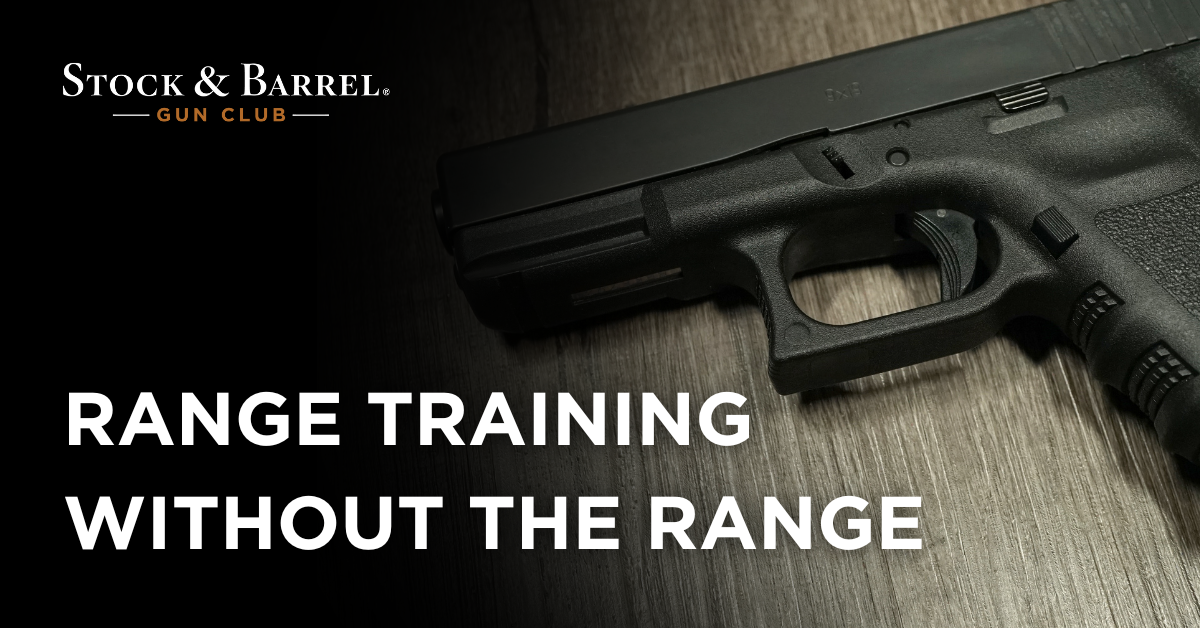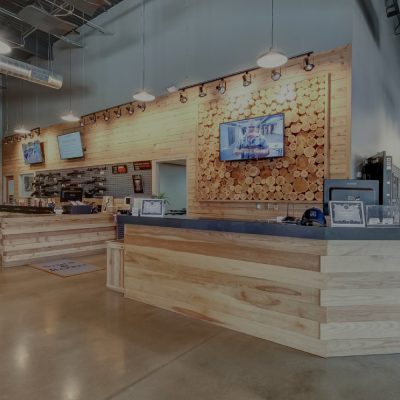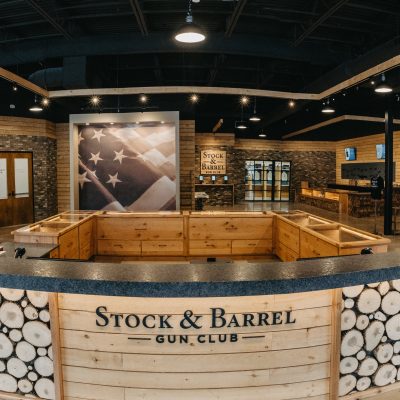As inflation continues to eat away at our money, and the world at our time, the ability to train with your firearm extensively or regularly has become more goal than reality for most. Going to the range less frequently and firing fewer rounds when you do go have become a necessary sacrifice for many shooters. This is especially detrimental to those who shoot competitively or rely on firearms for home or personal protection. But there are other measures you can take in order to maintain your proficiency that don’t require any cost in ammunition or lost time travelling to and from the range.
DRY FIRE
Dry fire, as the name implies, is simply pressing the trigger on your gun when it’s unloaded. While you may find yourself doing this as part of routine handling, when done with a structured plan, you can also use this technique to increase or maintain your skillsets. There are some trade-offs versus live fire practice – the biggest being that you cannot train recoil management or multiple shots with dryfire. Since you will have to cycle the slide or re-cock the hammer each time, you are essentially limited to training single trigger presses. There are a couple of exceptions to this so-called sacrifice. One would be if you are using a double-action pistol or revolver, where the trigger itself resets the hammer. Another is when you dry fire manually cycled firearms like bolt action rifles or pump action shotguns. With these guns, the action must be manually reset even during live fire, so there is no “artificial” manipulation added into your dry fire practice.
Regardless of what kind of firearm your using, dry fire should be a full-time component of your firearms training regardless of time crunches or ammo costs. The most highly-skilled shooters in the world from Olympic athletes to military special operators all use dry fire extensively as a form of mental programming and mechanical refinement of perhaps the most important marksmanship fundamental: a smooth, even trigger press. But, just like live-fire practice, dry firing must be approached with conscious intent. Sitting on your couch pressing the trigger over and over with the gun in your lap isn’t going to do you any favors. Other mechanical factors like sight alignment, cheek weld, and presentation must all be duplicated as they would be in live fire in order for the dry fire training to produce positive results. During live fire, most shooters use the size of their shot group on the target to gauge how effective their trigger press is. For dry fire, you must pay extra close attention to your sights and watch for excess movement at the moment your dry shot “breaks”. Those running iron sights should be focused hard on their front sight through the course of their trigger press. If you are dry firing a gun with any kind of optical sighting system, the red dot or crosshair will show you that movement. Double-action shooters in particular should be watching their sight through the entire duration of that trigger press, with a keen eye for any wobble or disturbance of the sights while the hammer cocks back and then releases.
One thing to note about dry fire is that it can be overdone. Conventional wisdom says that individual dry fire practice sessions should last between 5 and 15 minutes, 3 to 4 times per week. More than that, and you risk burning out and programming bad habits. Remember that quality of repetitions is far more important than quantity of repetitions.
MECHANICS PRACTICE
Aside from dry fire, you can also practice other biomechanical skills related to your shooting discipline that do not involve pressing the trigger at all. The best example of this is practicing your holster draw and presentation. Whether you shoot competitively or carry a handgun for self-defense, drawing your weapon quickly and effectively (with your sights properly aligned on target as soon as your gun is out and up) is one of the most critical skills required. Particularly for concealed permit holders, learning to draw your carry gun from its holster from a variety of positions, wearing a variety of different outfits, is a no-fail requirement to defending yourself or others if the time ever comes. If you carry at your place of work, dress how you would for a typical workday and practice drawing to full sight alignment on a small but reasonable target. Sticky notes or index cards taped to the wall work great as a “target” to have your sights aligned inside of. If you spend a majority of your time at a desk or in a vehicle, practice your holster draw seated as well as standing. Then add in jackets, heavy sweatshirts, purses, or anything else that is normally worn over your handgun to refine your techniques for clearing or “defeating” these cover garments.
Those who shoot competition may not have to worry about cover garments but have the added requirement of optimized footwork as they move between shooting positions. Pistol shooting leagues like USPSA, IDPA and 3-gun all require drawing from a holster and moving. If you have space in your home or yard, set up “boxes” on the ground with string, tape, sticks, or other markers and practice your movement into and out of these positions at whatever stage distances you are able to recreate. If you combine movement rehearsal with drawing and dry-firing, you now have a complete practice session that will help reinforce every skill required except recoil management – and you don’t even have to leave your house!
Regardless of what kind of gun you use, or what you use it for, there are ways to train in the comfort of your own home without spending a nickel on ammo or gas. Take earnest stock of what your practice requirements are, remove the bullets (both figuratively and literally) and train mindfully on every other component skill you think you’ll need to be a fast, accurate, and consistent.
OTHER BLOGS YOU WILL FIND OF INTEREST:
- Solving Shooting Problems Before They Start
- Low Light Training
- Firearms Training: A Journey, Not a Destination
CLASSES YOU MAY BE INTERESTED IN:
- Drawing from Holster in Chanhassen or Eagan
- Clearing Handgun Malfunctions in Chanhassen or Eagan
- Low Light/No Light Shooting in Chanhassen or Eagan





